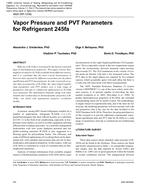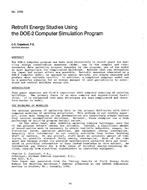The International Building Code and the Life Safety Code (NFPA 101) recognize that smoke-protected assembly seating, which is not subjected to smoke accumulation within or under a structure, subjects occupants to a lesser hazard from the accumulation of smoke and fumes during a fire event. The codes therefore have less-stringent requirements for design and layout of the means of egress for smoke-protected assembly seating, including reduced aisle widths per seat served and greater maximum travel distances. These less-stringent requirements provide increased use of space and flexibility in the design of assembly seating.
For indoor facilities, a smoke control system must be provided in order to meet the requirements of smoke-protected assembly seating. Smoke control systems used to classify assembly seating as smoke-protected must be designed in accordance with NFPA 92, Standard for Smoke Control Systems, and must be supported by a life safety evaluation complying with the Life Safety Code. Computational Fluid Dynamics (CFD) fire models may be used to support the evaluation and design of smoke control systems to demonstrate that they meet the requirements of smoke-protected assembly seating. Often, the CFD model predictions of smoke and heat spread will be paired with egress model predictions to demonstrate that the goal of providing safe egress for occupants within the smoke-protected assembly seating area is met. This presentation will provide an overview of the use of CFD models in the design of smoke control systems for smoke-protected assembly seating. A case study of a smoke-protected assembly seating analysis in a multi-use arena will be presented.
Citation: 2017 Annual Conference, Long Beach, CA, Conference Papers
Product Details
- Published:
- 2017
- Number of Pages:
- 8
- Units of Measure:
- Dual
- File Size:
- 1 file , 1.7 MB
- Product Code(s):
- D-LB-17-C038


